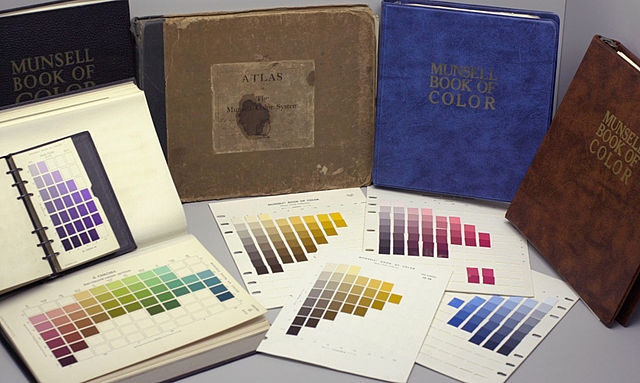Here are some of my solutions
Anything seen though red is unsaturated; this is the easiest way particularly to see the scene to paint as a whole. Some DIY glasses have red lenses, some photo filters and gels too, cellophane plastic, plexiglass, tinted glass, or red light bulbs to light the scene.
The cheapest and easiest way by far is to buy a sheet of red-colored acetate plastic. You can just hold it to your face or fashion a simple visor
with it.
Typical photo grey scales go from white to black, with indentures on top. If you need gradations you don’t need extremes, forget highlights and darkest shadows, if you use a typical grey scale you will end up with 2-3 gradations dominant in the painting. Moreover, the gradations are machine made and may not reflect the reality of the values you need.
The best way is to paint a grey-scale yourself with at lest 7 gradations that are needed. You can also paint several of them varying dark tones, light tones, and colors scales.
Typical grey scales are rectangular with indentation on top. That doesn’t really work because you see the values of all of the other colors above it. Visually, the values of colors change when seen next to each others. To get an accurate value of a specific part, that color must be seen independently from the other colors.
The cheapest and easiest way is to use an old camembert wheel box for the disk. You need a hole in the center, only big enough to see through. Divide the wheel into parts 8 or 12 quadrants and paint the scale on it. Also, you can paint the back of the disk mat black so you can see and judge the color from the other side without distractions or white reflections. You can glue the disk to a thin handle to easily vary the distance from you eyes.


